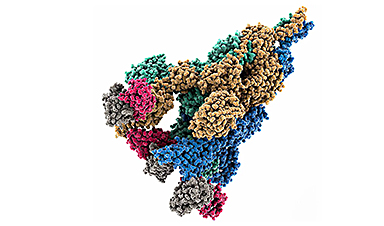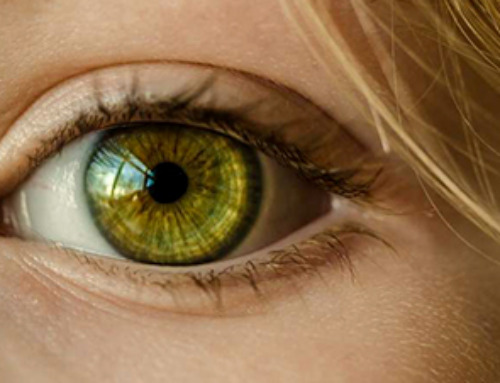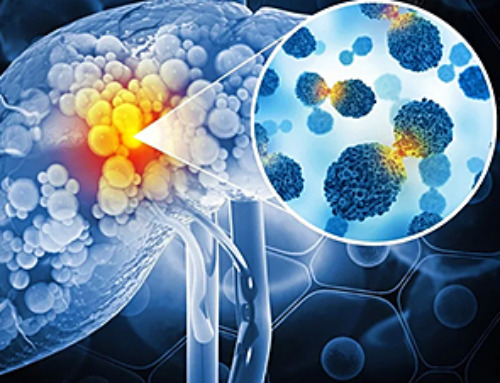Molecular modeling suggests structural consequences of an early protein mutation that promoted viral transmission.
RIKEN researchers discovered that an early mutation (D614G) in the SARS-CoV-2 virus may have contributed to its rapid spread by altering the spike protein's shape, improving the virus's ability to adapt to human hosts. The finding could help inform the development of next-generation vaccines and antiviral drugs.
The rapid spread of COVID-19 may have been partly due to changes in the structure of the SARS-CoV-2 virus wrought by an early mutation in its genome, a detailed analysis by RIKEN researchers suggests. The finding could help inform the development of next-generation vaccines and antiviral drugs.
Yuji Sugita of the RIKEN Center for Computational Science (R-CCS) and Hisham Dokainish, who was at R-CCS at the time of the study, investigated the effect of mutations on viral structure. They did this by simulating the atomic positions of molecules found in different forms of the virus's important spike protein—a tool coronaviruses use to bind and enter human cells.
They found that the substitution of a single amino acid altered this protein's shape, helping SARS-CoV-2 to adapt to human hosts. This finding demonstrates how even tiny mutations—swapping a single amino acid in this case—can greatly affect protein dynamics.
To understand why the mutation proved so advantageous to the virus, the pair ran detailed simulations of the protein's structure and stability. Their analysis—done using the RIKEN Fugaku supercomputer, one of the fastest in the world—revealed how the mutation (known as D614G) breaks an ionic bond with a second subunit of the Spike protein. It also changes the shape of a nearby loop structure, which alters the orientation of the entire protein, locking it into a form that makes it easier for the virus to enter cells (Fig. 1).
"A single and local change in an interaction within the molecule caused by a single mutation could affect the global structure of the spike protein," explains Sugita, who is additionally affiliated with the RIKEN Center for Biosystems Dynamics Research. The resulting mutant proved better at replicating and transmitting between human hosts, and the D614Glineage quickly outcompeted its ancestral lineages and spread across the globe. It remains a fixture of every dominant variant that has followed.
Sugita's team is now performing similar investigations of adaptive viral mutations that arose later in the course of the pandemic, including those found in the Omicron variant.
"Information obtained from our molecular dynamics simulations should help increase the opportunities for us to find effective drugs and other medicines," he says.
News
Vision can be rebooted in adults with amblyopia, study suggests
Temporarily anesthetizing the retina briefly reverts the activity of the visual system to that observed in early development and enables growth of responses to the amblyopic eye, new research shows. In the common vision [...]
Ultrasound-activated Nanoparticles Kill Liver Cancer and Activate Immune System
A new ultrasound-guided nanotherapy wipes out liver tumors while training the immune system to keep them from coming back. The study, published in Nano Today, introduces a biodegradable nanoparticle system that combines sonodynamic therapy and cell [...]
Magnetic nanoparticles that successfully navigate complex blood vessels may be ready for clinical trials
Every year, 12 million people worldwide suffer a stroke; many die or are permanently impaired. Currently, drugs are administered to dissolve the thrombus that blocks the blood vessel. These drugs spread throughout the entire [...]
Reviving Exhausted T Cells Sparks Powerful Cancer Tumor Elimination
Scientists have discovered how tumors secretly drain the energy from T cells—the immune system’s main cancer fighters—and how blocking that process can bring them back to life. The team found that cancer cells use [...]
Very low LDL-cholesterol correlates to fewer heart problems after stroke
Brigham and Women's Hospital's TIMI Study Group reports that in patients with prior ischemic stroke, very low achieved LDL-cholesterol correlated with fewer major adverse cardiovascular events and fewer recurrent strokes, without an apparent increase [...]
“Great Unified Microscope” Reveals Hidden Micro and Nano Worlds Inside Living Cells
University of Tokyo researchers have created a powerful new microscope that captures both forward- and back-scattered light at once, letting scientists see everything from large cell structures to tiny nanoscale particles in a single shot. Researchers [...]
Breakthrough Alzheimer’s Drug Has a Hidden Problem
Researchers in Japan found that although the Alzheimer’s drug lecanemab successfully removes amyloid plaques from the brain, it does not restore the brain’s waste-clearing system within the first few months of treatment. The study suggests that [...]
Concerning New Research Reveals Colon Cancer Is Skyrocketing in Adults Under 50
Colorectal cancer is striking younger adults at alarming rates, driven by lifestyle and genetic factors. Colorectal cancer (CRC) develops when abnormal cells grow uncontrollably in the colon or rectum, forming tumors that can eventually [...]
Scientists Discover a Natural, Non-Addictive Way To Block Pain That Could Replace Opioids
Scientists have discovered that the body can naturally dull pain through its own localized “benzodiazepine-like” peptides. A groundbreaking study led by a University of Leeds scientist has unveiled new insights into how the body manages pain, [...]
GLP-1 Drugs Like Ozempic Work, but New Research Reveals a Major Catch
Three new Cochrane reviews find evidence that GLP-1 drugs lead to clinically meaningful weight loss, though industry-funded studies raise concerns. Three new reviews from Cochrane have found that GLP-1 medications can lead to significant [...]
How a Palm-Sized Laser Could Change Medicine and Manufacturing
Researchers have developed an innovative and versatile system designed for a new generation of short-pulse lasers. Lasers that produce extremely short bursts of light are known for their remarkable precision, making them indispensable tools [...]
New nanoparticles stimulate the immune system to attack ovarian tumors
Cancer immunotherapy, which uses drugs that stimulate the body’s immune cells to attack tumors, is a promising approach to treating many types of cancer. However, it doesn’t work well for some tumors, including ovarian [...]
New Drug Kills Cancer 20,000x More Effectively With No Detectable Side Effects
By restructuring a common chemotherapy drug, scientists increased its potency by 20,000 times. In a significant step forward for cancer therapy, researchers at Northwestern University have redesigned the molecular structure of a well-known chemotherapy drug, greatly [...]
Lipid nanoparticles discovered that can deliver mRNA directly into heart muscle cells
Cardiovascular disease continues to be the leading cause of death worldwide. But advances in heart-failure therapeutics have stalled, largely due to the difficulty of delivering treatments at the cellular level. Now, a UC Berkeley-led [...]
The basic mechanisms of visual attention emerged over 500 million years ago, study suggests
The brain does not need its sophisticated cortex to interpret the visual world. A new study published in PLOS Biology demonstrates that a much older structure, the superior colliculus, contains the necessary circuitry to perform the [...]
AI Is Overheating. This New Technology Could Be the Fix
Engineers have developed a passive evaporative cooling membrane that dramatically improves heat removal for electronics and data centers Engineers at the University of California San Diego have created an innovative cooling system designed to greatly enhance [...]





















